Top dressing of cabbage in the open field

Many gardeners grow cabbage on their plots. In order to get a good harvest, these plantings must be periodically fed with various nutrients. Currently, there are many ways to feed such vegetation. Today we will talk about exactly what substances and compositions can be used for cabbage in the open field, as well as how to use them correctly.
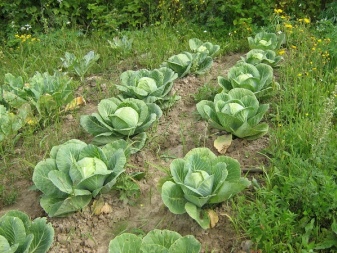
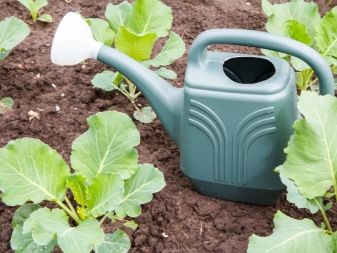
Fundamental rules
It should be remembered that cabbage has two main stages of development: early (green period) and late (dry matter growth period). These periods differ significantly from each other, therefore, the vegetation will require different feeding during them. Do not forget that the size, taste, and sometimes even life, normal growth and development of the plant depend on the correct choice of nutrient compositions for fertilization, if the conditions for growth are unfavorable or if the soil has not been properly prepared before planting.
The planted cabbage should be fed with the appropriate nutrients only 1-2 weeks after planting in the ground. At this stage, the plant will already begin to grow stronger, forming the main core. Remember that different types of such plants may require different care, including feeding. So, for white vegetation, kohlrabi and Brussels sprouts, different substances can be used.
The latter is more demanding, such species will need to prepare special liquid dressings, which are introduced in portions.
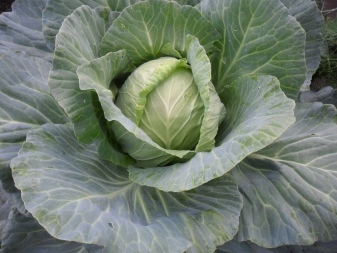
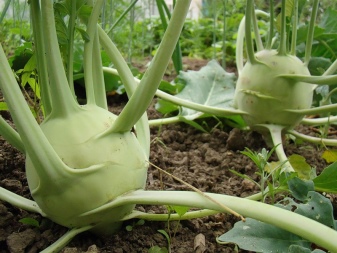
Kohlrabi cabbage requires periodic irrigation using special spray guns. In this way, a variety of non-feed additives are used for normal growth and development. The most appropriate time to apply the nutrient formulations is in the evening or early morning. In this case, the soil must be slightly moistened. If the weather is dry, then plentiful watering is carried out beforehand. It is also better to loosen and weed. All solutions should be used strictly in certain dosages. To prepare a suitable composition, only warm water should be used. This is necessary in order to ensure the prevention of fungal and other diseases.
After you have added all the necessary components to the soil, it is recommended to huddle the cabbage. This procedure will significantly extend the life of the fertilizers. If the mulch has already been lying under the vegetation, it must be removed in advance before applying the bait.
Remember that applying a variety of fertilizers will not only ensure proper growth and development of the crop, but also protect against harmful insects and other pests that appear on such vegetation.
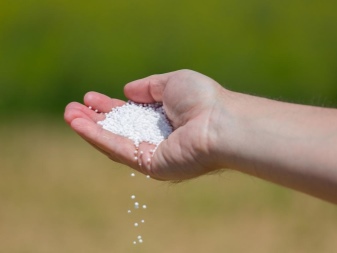
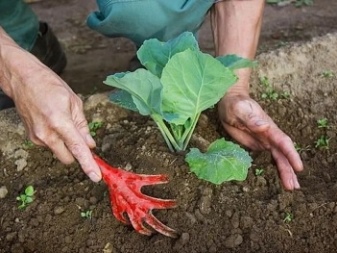
What to feed?
There are a wide variety of different nutrient formulations that are suitable for fertilizing cabbage. Let's consider some of them in more detail.
Chemical substances
For the full growth and development of this vegetation, obtaining a rich harvest, the most nutritious soil should be provided, which will be saturated with the necessary organic compounds and microelements. For various varieties of such plants, the following chemical components are excellent.
- Nitrogen. First of all, cabbage needs this element.Its deficiency can cause a change in the color of the upper leaf blades, they become pale green, the lower leaves can change color to a reddish or bluish tint.
- Potassium. This chemical element is often used when the leaf blades begin to actively turn yellow, or when their edges dry out a little.
- Phosphorus. The lack of this component leads to the fact that the growth and development of the cauliflower head simply stops.
- Magnesium. This element allows you to maintain the natural light shade of the leaves. With a lack of it, they will gradually begin to die off.
- Molybdenum. This substance is necessary for the normal formation of the head.
- Bor. If it is not enough, then in some parts of the plants small dark spots will appear, the pulp will begin to swell a little, and the apical bud will stop developing.
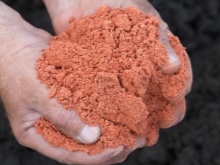
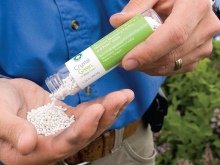
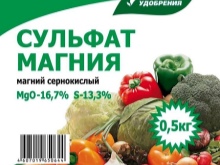
Finished fertilizers
Ready-made nutrient formulations will be an excellent option for fertilizing such a crop. Let's consider the best solutions.
Ammonium nitrate
This substance is considered one of the most powerful and effective. It is often used to fertilize various plants in vegetable gardens. But at the same time, it should be used only in a strict dosage, since it is easy to overdo it with it. This saltpeter is a mixture of crystalline type sand mass (34% nitrogen). This solution also contains sulfur and ammonia.
This saltpeter easily and quickly dissolves in water and, when the soil is irrigated, it saturates it with the necessary nutrients. But at the same time, it is permissible to use it simply in dry form as a top dressing. If such a fertilizer is in the form of a powder, then it is poured into the ground to a depth of at least 10 centimeters. All this can be done with a rake. The most effective result will bring such top dressing in early spring. The smallest improvement can be expected when the substance is introduced in the autumn period of the year.
However, if your region has a high level of humidity, then it is better to apply this serum in the fall.

Ammonium sulfate
This substance belongs to mineral salts. It is a mass of fine white or transparent crystals. The mixture also contains sulfur and nitrogen. These components are represented by ions, due to which they are completely absorbed by plants. Such a powerful chemical dissolves perfectly in liquids and is used to make a variety of dressings throughout the growing season.
Ammonium sulfate combines well with other mineral elements. It should be noted that the substance is absolutely safe for use, it also allows you to significantly improve the quality of ripe fruits, preserve their juiciness and freshness for a long time.
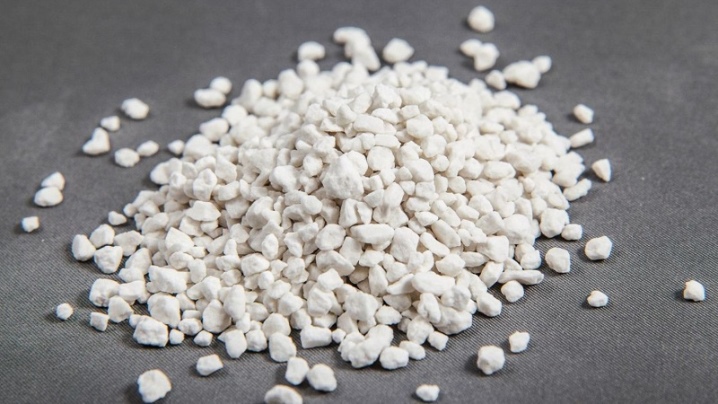
Urea
This fertilizer is a granular formulation that contains 46% nitrogen. It is odorless and dissolves quickly in water. As the temperature rises, urea will begin to dissolve in the liquid even faster. This solution is well absorbed by cultures. Most often, this composition is sprayed in early spring.
The procedure allows you to delay the flowering process, therefore, the likelihood of a quick fall of flowers is also reduced. Also, urea solution is sometimes used as an effective agent against various parasites and pests. The composition makes it possible to significantly increase the yield.
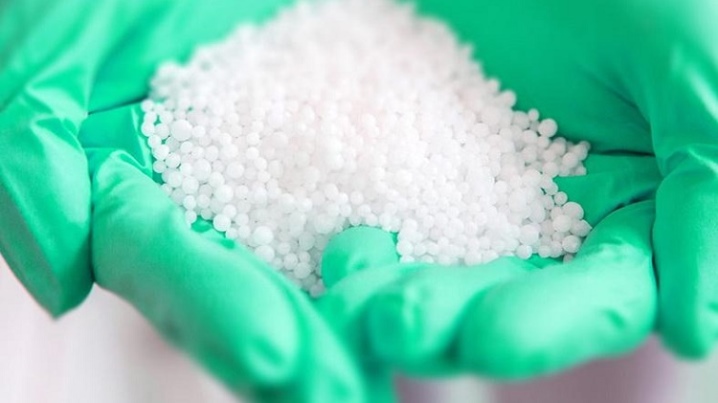
Folk remedies
Many gardeners use self-prepared formulations to fertilize such crops. Their main advantage is that the soil and the vegetation itself receive all the necessary nutrients, but at the same time, nitrates hazardous to human health are not formed in the leaf blades of the plant. The supplied macronutrients and trace substances are easily assimilated by crops and are not washed out of the ground. Let's take a closer look at a few of them.
chalk
This component contributes to soil deoxidation.It is known that excessively acidified soil does not allow seedlings to grow properly and form fruits, because it does not allow vegetation to receive and assimilate the required amount of nutrients. Top dressing with chalk can be used in spring or autumn. In order to prepare the solution, you will need to mix 10 liters of water with one glass of crushed chalk. Urea and ammonium nitrate are often used as an additional component. You can add a little nitrogen-containing products.
Each bush must be watered with the resulting mass. One plant accounts for about one liter.
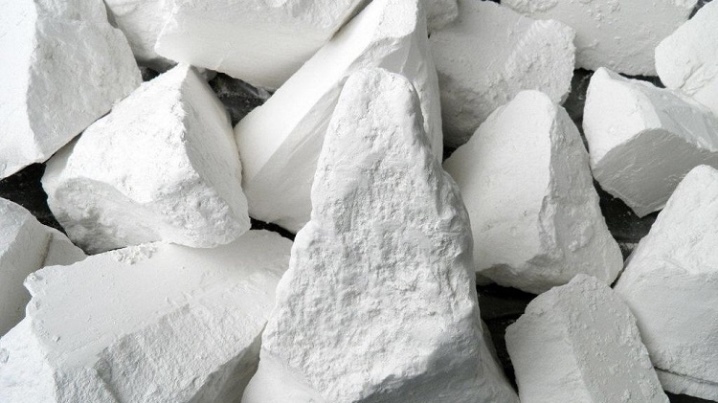
Yeast
This tool is considered one of the safest for feeding these crops. Ordinary yeast is able to saturate the soil as much as possible with mineral elements. They also contribute to a significant increase in the efficiency of accumulation of useful components by plants.
For to prepare such a mixture, it will be necessary to dilute 2 or 3 packs of yeast in a full bucket of warm water. In this form, the mass is left for several hours so that it can wander. If you want to speed up this process as much as possible, you can add a little granulated sugar there. For each bush there is one liter of such a ready-made composition.
Ammonia
The nitrogen contained in ammonia is well absorbed by different cultures. About two weeks before planting the plants, you can water the soil with a solution with this substance (50 milliliters of alcohol per 10 liters of warm water). You can also spray the seedlings with a spray bottle. But at the same time a weaker composition should be used (10 milliliters of alcohol per 10 liters of liquid).
To make the mass better adhere to the cabbage, you can add a little dishwashing liquid, baby shampoo, or just laundry soap to the resulting mixture. This solution is sprayed on the culture. Processing should be as careful as possible so that the composition can get to both the upper and lower leaves.
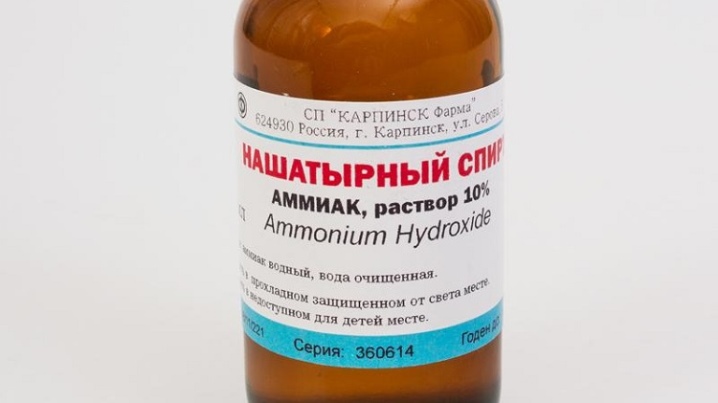
Eggshell
It will immediately need to be crushed as much as possible so that a powdery mixture is obtained. If you have a coffee grinder at home, then you can do it in it. The resulting mixture is best used when planting seedlings. In this case, a small amount of the shell is poured into the planting pits. This product is capable of enriching the soil with calcium. When using it, you will not need to add lime in the future.
Boric acid
One teaspoon of boric acid should be combined with one full glass of boiling water. All this is thoroughly mixed with each other and poured into a bucket of warm water. The finished composition is most often used for spraying seedlings. It is recommended to carry out such a procedure in early July.
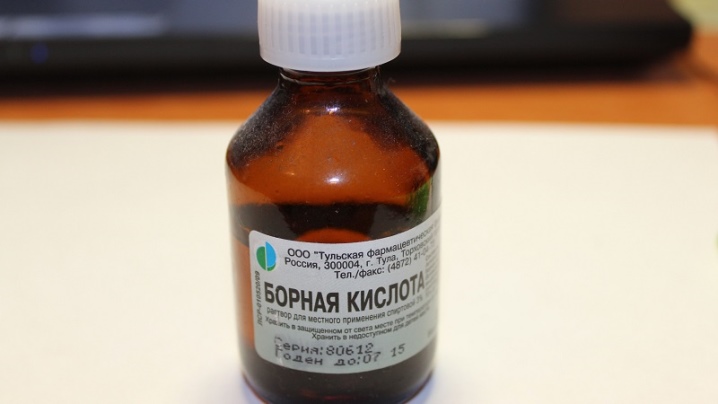
Fresh fish
The product is used immediately before planting seedlings. One small fish is dipped into each hole, you can take a sprat. The fish is rich in phosphorus, but it should be remembered that due to such fertilization, an odor will be observed in the garden.
Valerian and liquid soap
To one liter of liquid, you will need to add 20 milliliters of valerian and 2 teaspoons of pre-crushed laundry soap. The ready-made mixture can be used for regular spraying of seedlings.
Iodine
This remedy is the simplest one for feeding cabbage. It allows you to prevent the appearance of possible diseases and parasites on plants. If you use the product as a root top dressing, then you will need to dissolve half a teaspoon of iodine in 10 liters of warm water. If you just want to spray the seedlings (foliar feeding), then you need to prepare a solution with 40-50 drops per bucket of liquid.
In any case, such fertilizer should be used after irrigation in cloudy or foggy weather. Often, iodine formulations with a small amount of ammonia are prepared for spraying.

Ash
This remedy is quite popular among gardeners, as it is full of many useful elements: phosphorus, calcium, sodium, molybdenum and iron. Similar components can be used to fertilize cabbage at almost every stage of crop formation. The most suitable is the ash that remains from birch firewood.
To prepare the solution, you need to pour one full glass of ash into a bucket of water. In this form, the mass should be infused for 15-20 minutes. The resulting mixture is consumed at the rate of 1 liter per 1 bush. Such a composition additionally fights various pests on cabbage, including aphids and snails.
Chicken droppings or manure
They contain in their composition a lot of useful substances that allow cabbage to grow better and develop faster. So, manure contains a sufficient amount of nitrogen, phosphorus, potassium. If you are using chicken manure, then the solution should be prepared in proportions of 1: 20. One liter of this mixture falls on one bush. This product helps to form a healthy and strongest root system.
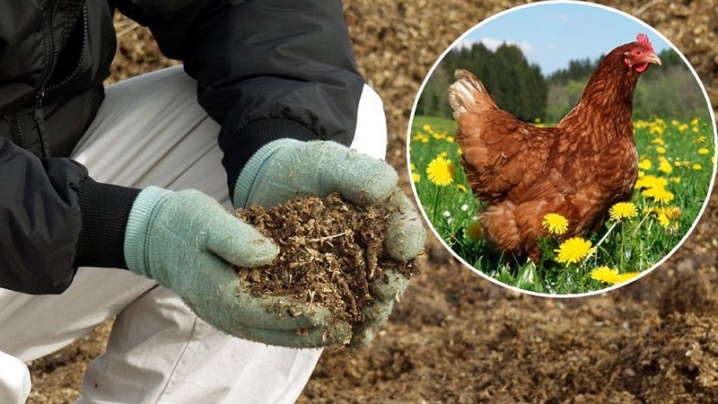
Mullein
This plant, which in temperate climates covers meadows and forest glades in huge quantities, looks like a simple weed in appearance. But at the same time, it is a rather useful and effective fertilizer. Most often, decoctions are made for crops. They can be used for both young and mature bushes.
Nettle
It is advisable to take young nettles. It is most often used in place of manure or droppings. A clean container is half filled with this plant, and then the whole thing is filled with heated liquid. The composition in this form is left to infuse for several days.
Later, all the water is drained, the contents are filtered. The resulting mixture is used directly when watering the garden. In this case, you will also need to prepare a solution. To do this, mix the tincture with water in proportions of 1: 10. A similar substance can be used several times a season.
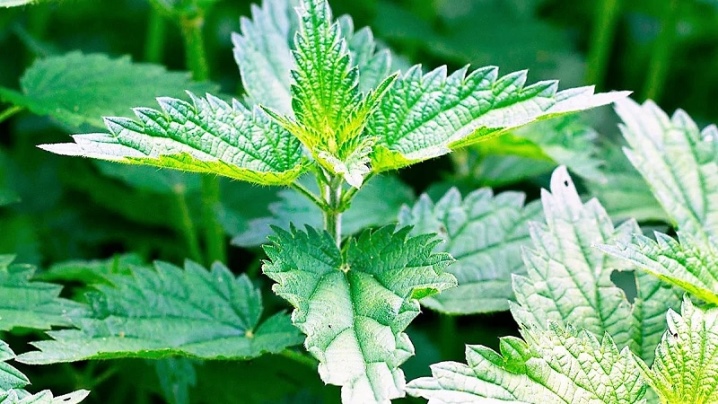
Hydrogen peroxide
This liquid is very similar to melt water, as it also contains a large amount of special atomic oxygen. To irrigate vegetation, you will need to mix one liter of warm water with two tablespoons of hydrogen peroxide. The resulting composition should be used at intervals of 5-6 days.
Peroxide is able to saturate the soil with oxygen, increase plant growth, and it can also help fight parasites.

Baking soda
This substance is considered useful only for already ripe heads of cabbage. It makes it possible to make them even stronger, while they will not crack during the growth process. To prepare the solution, you will need to mix 20 grams of baking soda in a bucket of water. The resulting composition of the beds is watered at the root.
Banana peel
This product is a valuable source of potassium, which is essential for the growth of cabbage. The peel is pre-crushed (at the rate of 1 peel per 1 liter of water). Later, the solution is infused for 5-7 days, and then it is filtered. The finished substance should be irrigated with seedlings at the root.

Groundbait scheme
In order for all fertilizers to be able to correctly perform their basic functions, you should remember the rules for their use. Before adding nutrients, the soil should be thoroughly moistened. The total amount of dressings will directly depend on the ripening period of the variety. For early species - 2 treatments, for middle and late-ripening varieties - 3-4. In this case, preventive spraying with various means should not be taken into account.
- First bait. It should be carried out either at the stage of digging planting holes for seedlings, or 20 days after planting. During this period, nitrogen-containing compounds play a primary role. At the same time, it is worth refraining from potassium solutions.
- Second feeding. It is carried out 10-12 days after the first one. At this stage, it is advisable to use infusions with chicken droppings or just manure with the calculation of 1 liter per 1 bush.
- Third feeding. It is carried out after another 10 days. Irrigation with various fertilizers can be applied, sometimes whole complexes with microelements are taken at once.
- Fourth feeding. It should be carried out 20 days before harvesting a ripe crop. For its implementation, special potassium sulfate is often taken, it will also be possible to use a solution with ash.
When applying fertilizers, you should strictly adhere to the established schedule. Using nutrients too often is not recommended as it can only harm the growing plants.
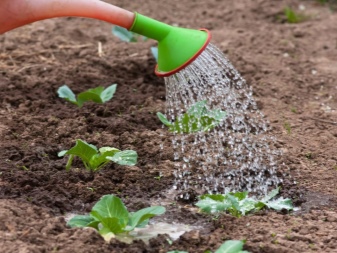

In the next video, you will find more information on feeding cabbage in the open field.













The comment was sent successfully.